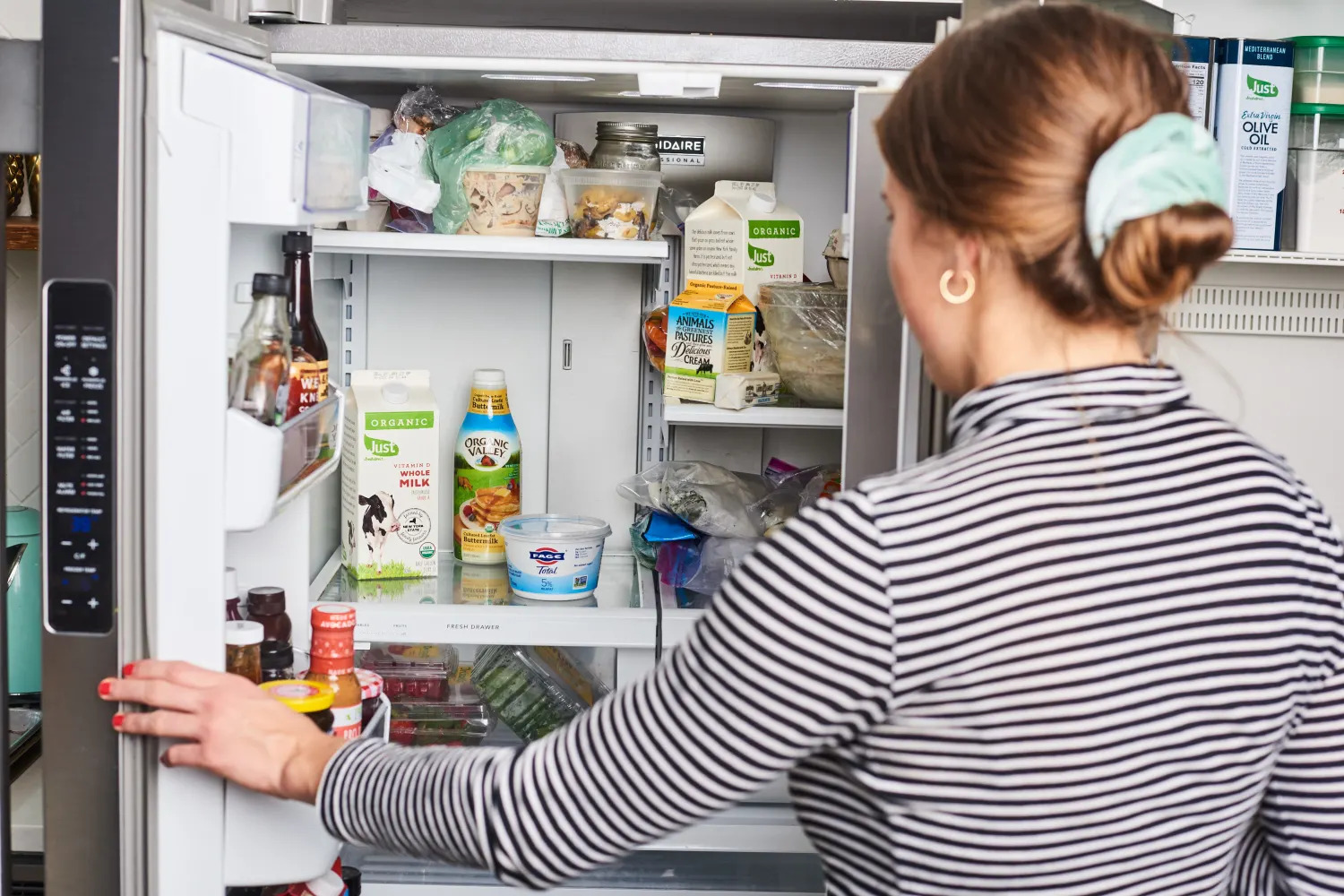

Articles
Which Is The Coldest Part Of A Refrigerator?
Modified: January 19, 2024
Discover the coldest part of your refrigerator in our latest articles. Keep your food fresh and learn about proper temperature settings.
(Many of the links in this article redirect to a specific reviewed product. Your purchase of these products through affiliate links helps to generate commission for Storables.com, at no extra cost. Learn more)
Introduction
A refrigerator is an essential appliance in every household, keeping our food fresh and preserving perishable items. But have you ever wondered which part of the refrigerator is the coldest? Understanding the temperature variations within a refrigerator can help us store our food properly and maintain its freshness for longer periods.
In this article, we will delve into the different sections of a refrigerator and explore which part is considered the coldest. By gaining a better understanding of how refrigeration works and the factors that influence temperature distribution, we can optimize the storage of our food items and prevent spoiling or wastage.
Join us as we take a closer look at the fascinating world of refrigeration science and uncover the secrets of the coldest part of a refrigerator.
Key Takeaways:
- The coldest part of a refrigerator is the freezer section, maintaining temperatures at or below 0 degrees Fahrenheit. Understanding temperature variations and proper food placement is crucial for preserving freshness and preventing spoilage.
- Factors such as door opening frequency, item placement, and ambient room temperature can affect temperature variations within a refrigerator. Proper temperature distribution is essential for food safety, freshness preservation, and energy efficiency.
Overview of a Refrigerator
Before we dive into the specifics of temperature zones within a refrigerator, let’s start with a brief overview of how a refrigerator works. A typical refrigerator consists of several components working together to maintain a cool environment for food storage.
The heart of a refrigerator is the compressor, which compresses and circulates refrigerant gas through a system of coils. As the gas expands, it absorbs heat from the surrounding environment. This process cools down the interior of the refrigerator, creating the ideal conditions for food preservation.
Refrigerators usually have multiple compartments or sections, each designed to serve a specific purpose. These compartments include the freezer section, the cooling plate or chiller compartment, the crisper drawers, and the door compartments.
By understanding the function of each section, we can gain insights into the temperature variations within a refrigerator and identify the coldest part.
Now that we have a basic understanding of a refrigerator’s components, let’s explore the temperature zones within this indispensable appliance.
Understanding Temperature Zones
A refrigerator is designed to have different temperature zones to accommodate various types of food items. Understanding these temperature zones is crucial for proper food storage and preservation.
The three primary temperature zones in a refrigerator are the freezer section, the cooling plate or chiller compartment, and the refrigerator section itself.
The freezer section, as the name suggests, is the coldest part of the refrigerator. It is typically set at a temperature of 0 degrees Fahrenheit (-18 degrees Celsius) or below. This extremely low temperature is necessary to freeze and preserve perishable items such as meat, poultry, and frozen fruits and vegetables.
The cooling plate or chiller compartment is slightly warmer than the freezer section, usually maintained at a temperature around 32 to 40 degrees Fahrenheit (0 to 4 degrees Celsius). This section is ideal for storing dairy products, drinks, and other items that require a colder temperature than the main refrigerator section.
The refrigerator section, which is the main compartment of the refrigerator, is typically set between 35 and 45 degrees Fahrenheit (1 to 7 degrees Celsius). This temperature range is suitable for storing most perishable items such as fruits, vegetables, leftovers, and beverages.
Understanding these temperature zones enables us to organize our food items accordingly, ensuring optimal storage conditions and preserving their quality and freshness. However, even within these zones, there might be additional variations caused by the refrigerator’s design and other factors, which we will explore in the following sections.
The Evaporator and Freezer Section
The evaporator and freezer section play a vital role in maintaining the coldest temperatures within a refrigerator. The evaporator is a coil located in the freezer section, responsible for cooling down the compartment.
When the compressor compresses the refrigerant gas, it becomes a high-pressure, high-temperature vapor. This vapor flows through the evaporator, where it expands, causing a rapid drop in temperature. The cold evaporator coil absorbs heat from the freezer, creating a frosty environment.
The evaporator coil is strategically positioned in the back panel of the freezer and sometimes extends to the side walls. This placement ensures that the coldest temperatures are concentrated in the freezer section. The freezer typically has its thermostat, allowing users to control and set the desired freezing temperature.
It’s important to note that the temperature in the freezer section can vary depending on its location within the compartment. The bottom of the freezer tends to be colder than the top due to the natural rising of cold air inside. To take advantage of this temperature variation, it’s advisable to store items that require a lower freezing temperature, such as ice cream or frozen meats, on the bottom shelves.
To maintain the efficiency of the freezer section, it’s essential to regularly defrost the freezer and remove any built-up ice or frost. Excess ice can block the airflow, leading to temperature fluctuations and decreased cooling performance.
By understanding the role of the evaporator and the freezer section, you can make informed decisions when it comes to storing your frozen food items and optimizing their longevity.
The Cooling Plate and Chiller Compartment
While the freezer section is the coldest part of a refrigerator, the cooling plate and chiller compartment also play a crucial role in maintaining lower temperatures for specific items.
The cooling plate, also known as the chiller compartment, is located above the refrigerator section and below the freezer section. It is designed to provide a slightly cooler environment than the main refrigerator section and is ideal for storing items that require a colder temperature but not as cold as the freezer section.
The temperature in the cooling plate or chiller compartment is usually set between 32 and 40 degrees Fahrenheit (0 to 4 degrees Celsius). This temperature range is suitable for items such as dairy products, drinks, and certain types of meat that do not require freezing but benefit from a colder environment.
The cooling plate is more effective at maintaining lower temperatures due to its close proximity to the freezer section. Cold air from the freezer section naturally flows down towards the cooling plate, keeping this section cooler than the rest of the refrigerator.
It’s worth noting that temperature variations can occur in the cooling plate as well. The top shelf of the cooling plate may be slightly warmer than the bottom shelf or the back of the compartment due to the cool air sinking to the lower levels. To optimize cooling performance, store items that require a colder temperature on the lower shelves of the cooling plate.
It’s important to regulate food placement in the cooling plate and ensure proper air circulation. Avoid overcrowding the compartment, as this can inhibit airflow and lead to uneven cooling. Additionally, regularly clean and organize the cooling plate to maintain optimal cooling efficiency.
Understanding the role of the cooling plate and chiller compartment will help you make informed decisions when storing items that require a slightly cooler temperature than the main refrigerator section.
Read also: 6 Best Refrigerator Parts for 2024
The Crisper Drawers
The crisper drawers are an essential part of a refrigerator, designed to preserve the freshness of fruits and vegetables. These drawers are typically located at the bottom of the refrigerator section and are equipped with humidity controls.
The purpose of the crisper drawers is to create a microclimate that helps extend the shelf life of produce. Each crisper drawer has a sliding vent that allows you to adjust the humidity levels inside.
One drawer is usually labeled as a high-humidity drawer, while the other is labeled as a low-humidity drawer. The high-humidity drawer is designed to retain moisture, ideal for leafy greens, herbs, and other vegetables that thrive in a more humid environment. The low-humidity drawer, on the other hand, is ideal for storing fruits and certain vegetables that require less moisture, such as apples, citrus fruits, and peppers.
The crisper drawers are designed to maintain a slightly cooler temperature than the rest of the refrigerator section, helping to slow down the spoilage process. The precise temperature in the crisper drawers can vary depending on the refrigerator model and settings, but it is typically between 35 and 40 degrees Fahrenheit (1 to 4 degrees Celsius).
It’s important to keep the crisper drawers organized and free from excess moisture or condensation. Use a clean towel or liner to absorb any excess moisture, preventing it from accumulating and causing spoilage. Additionally, regularly check the produce stored in the crisper drawers and remove any items that have started to spoil to prevent them from affecting the freshness of other produce.
By utilizing the crisper drawers correctly and adjusting the humidity settings as needed, you can significantly extend the shelf life of your fruits and vegetables, ensuring they remain crisp, fresh, and full of nutrients.
The Door Compartments
The door compartments in a refrigerator provide convenient storage space for various items such as condiments, beverages, and frequently used items. However, it’s important to note that the door compartments are generally the warmest part of the refrigerator.
The temperature in the door compartments can be slightly higher than the rest of the refrigerator due to the regular opening and closing of the refrigerator door. Each time the door is opened, warm air from the surrounding environment enters, causing a temporary increase in temperature.
Because of the temperature fluctuations, it’s recommended to store items in the door compartments that are less sensitive to temperature changes and have a longer shelf life. This includes condiments, bottled drinks, jars, and other items that are more resistant to spoiling.
It’s important to avoid storing highly perishable items such as dairy products, eggs, or meats in the door compartments, as they may be exposed to inconsistent temperatures. These items are better off stored in the main refrigerator section or in dedicated compartments like the cooler plate or crisper drawers.
Additionally, the door compartments are vulnerable to warmer temperatures when the surrounding environment experiences high heat or prolonged periods of elevated room temperatures. Therefore, it’s advisable to be mindful of the ambient temperature and the contents of the door compartments during extreme weather conditions.
Organize the items in the door compartments efficiently to ensure easy access and prevent overcrowding. Regularly check the expiration dates of products stored in the door compartments and discard any items that are past their prime.
While the door compartments provide convenient storage space, it’s important to be mindful of their temperature characteristics and choose suitable items to be stored there while keeping highly perishable items in more stable temperature zones within the refrigerator.
Determining the Coldest Part of a Refrigerator
Now that we have explored the different sections of a refrigerator and their respective temperature zones, you might be wondering which part is considered the coldest. The answer is the freezer section.
The freezer section is specifically designed to maintain a temperature of 0 degrees Fahrenheit (-18 degrees Celsius) or below. This ultra-low temperature is essential for freezing and preserving items such as meats, poultry, ice cream, and frozen vegetables.
While other parts of the refrigerator, such as the cooling plate or chiller compartment, can also maintain cold temperatures, they are not as cold as the freezer section. The cooling plate or chiller compartment typically remains between 32 and 40 degrees Fahrenheit (0 to 4 degrees Celsius), while the refrigerator section itself usually ranges from 35 to 45 degrees Fahrenheit (1 to 7 degrees Celsius).
It’s important to note that even within the freezer section, temperature variations can occur. The bottom shelves of the freezer are colder than the top shelves due to the natural rising of cold air. Therefore, items that require a lower freezing temperature, such as ice cream or raw meats, are best stored on the bottom shelves to take advantage of the coldest temperatures.
To determine the coldest part of your refrigerator, you can use a refrigerator thermometer. Place the thermometer in different sections of your refrigerator, including the freezer section, and monitor the temperatures over a period of time. This will give you a better understanding of the temperature variations within your specific appliance. Remember to consult your refrigerator’s user manual for any specific recommendations or instructions regarding temperature settings.
By understanding the coldest part of your refrigerator, you can strategically store food items based on their temperature requirements, ensuring optimal freshness and extending their shelf life.
Factors Affecting Temperature Variations
While the different sections of a refrigerator have their designated temperature zones, there are several factors that can affect temperature variations within each section. Understanding these factors can help you optimize the storage of your food items and maintain consistent temperatures.
Here are some common factors that can influence temperature variations in a refrigerator:
Read more: Which Brand Is Best For Refrigerator?
Door Opening Frequency:
Every time you open the refrigerator door, warm air from the surrounding environment enters, causing a temporary increase in temperature. The more frequently the door is opened, the greater the temperature fluctuations. Minimizing the number of door openings and keeping them brief can help maintain more stable temperatures.
Location in the Refrigerator:
The position of items within the refrigerator can impact temperature variations. Items placed near the cooling vents or toward the back of the compartments may experience colder temperatures, while items near the front or on the door may be exposed to slightly warmer temperatures. Properly organizing your items and utilizing designated storage areas can help mitigate temperature differences.
Amount of Food Stored:
The amount of food stored in the refrigerator can affect temperature stability. A fully stocked refrigerator tends to maintain temperatures better than one that is sparsely filled. The food acts as insulation, preventing rapid temperature fluctuations when the door is opened and closed. If your refrigerator is often partially empty, consider using containers or filler items to help maintain consistent temperatures.
Ambient Room Temperature:
The ambient room temperature can impact the overall temperature inside the refrigerator. If the room temperature is high, the refrigerator may need to work harder to maintain cooler temperatures, leading to temperature variations. It’s important to place your refrigerator away from heat sources, direct sunlight, and areas with poor ventilation to minimize the impact of ambient temperatures.
Refrigerator Maintenance:
The proper maintenance of your refrigerator is essential for temperature consistency. Dust and debris can accumulate on the condenser coils, hindering heat exchange and affecting cooling efficiency. Regularly cleaning the coils and ensuring proper airflow can help maintain more stable temperatures. Additionally, checking the refrigerator’s gaskets or seals for any gaps or wear can prevent warm air infiltration and temperature fluctuations.
By taking these factors into consideration and implementing strategies to minimize temperature variations, you can optimize the performance of your refrigerator and maintain a more consistent and reliable storage environment for your food items.
Importance of Proper Temperature Distribution
Proper temperature distribution within a refrigerator is crucial for maintaining the quality, safety, and longevity of your food items. Maintaining consistent temperatures helps prevent spoilage, preserves freshness, and minimizes the growth of harmful bacteria. Here are some reasons why proper temperature distribution is important:
Food Safety:
Keeping your food at the appropriate temperature is vital for preventing the growth of harmful bacteria, such as Salmonella or E. coli. The ideal temperature range inhibits bacterial growth, reducing the risk of foodborne illnesses. Proper temperature distribution ensures that your perishable items remain safe to consume.
Freshness and Quality Preservation:
Different types of foods require specific temperature conditions to stay fresh and maintain their quality. For example, fruits and vegetables are best stored at slightly cooler temperatures to slow down the ripening process and extend their shelf life. Additionally, certain dairy products and meats need to be kept at colder temperatures to maintain their texture, flavor, and overall freshness. Proper temperature distribution throughout the refrigerator helps preserve the freshness and quality of your food items.
Preventing Freezer Burn:
If the freezer temperature is not adequately maintained, freezer burn can occur. Freezer burn is a condition where the surface of frozen food becomes dehydrated, resulting in discoloration and a dry, leathery texture. By ensuring proper temperature distribution in the freezer section, you can prevent freezer burn and keep your frozen items in optimal condition.
Minimizing Food Waste:
Inconsistent temperatures within a refrigerator can lead to premature spoilage and food waste. when certain areas are colder or warmer than intended, perishable items may spoil more quickly. Proper temperature distribution helps extend the shelf life of your groceries and reduces the likelihood of having to discard food due to spoilage or degradation.
Energy Efficiency:
An efficiently running refrigerator can save energy and reduce utility costs. If the refrigerator is struggling to maintain consistent temperatures due to poor temperature distribution, it may work harder and consume more energy. By ensuring proper temperature distribution, you can help optimize the refrigerator’s efficiency and reduce energy consumption.
By understanding the importance of proper temperature distribution and taking steps to maintain consistent temperatures throughout your refrigerator, you can promote food safety, preserve freshness, minimize waste, and optimize the performance of your appliance.
Conclusion
A refrigerator is an indispensable appliance that plays a vital role in preserving the freshness and quality of our food. Understanding the temperature variations within a refrigerator is crucial for optimizing food storage and ensuring proper preservation.
We have explored the different sections of a refrigerator, from the coldest freezer section to the cooling plate, the crisper drawers, and the door compartments. Each section serves a specific purpose and has its designated temperature zone.
The freezer section stands out as the coldest part of a refrigerator, maintaining temperatures at or below 0 degrees Fahrenheit (-18 degrees Celsius). This section is ideal for freezing perishable items such as meats, poultry, and frozen desserts.
Other sections, such as the cooling plate or chiller compartment, provide slightly cooler temperatures than the main refrigerator section. The crisper drawers offer a microclimate with adjustable humidity levels to preserve the freshness of fruits and vegetables. The door compartments, on the other hand, are generally the warmest part of the refrigerator and should be used to store items that are resistant to temperature fluctuations.
Proper temperature distribution is essential for ensuring food safety, preserving freshness, minimizing waste, and optimizing energy efficiency. Factors such as door opening frequency, item placement, ambient room temperature, and regular maintenance can affect temperature variations within the refrigerator.
By understanding the various sections of a refrigerator, their temperature zones, and the factors that influence temperature distribution, you can make informed decisions when storing your food items and maintain optimal conditions for longer shelf life and better food quality.
Remember to regularly monitor and adjust the refrigerator’s temperature settings, organize your food items efficiently, and perform necessary maintenance tasks to keep your refrigerator functioning at its best.
With proper knowledge and care, you can maximize the benefits of your refrigerator and enjoy the freshness and longevity of your favorite food items.
Frequently Asked Questions about Which Is The Coldest Part Of A Refrigerator?
Was this page helpful?
At Storables.com, we guarantee accurate and reliable information. Our content, validated by Expert Board Contributors, is crafted following stringent Editorial Policies. We're committed to providing you with well-researched, expert-backed insights for all your informational needs.
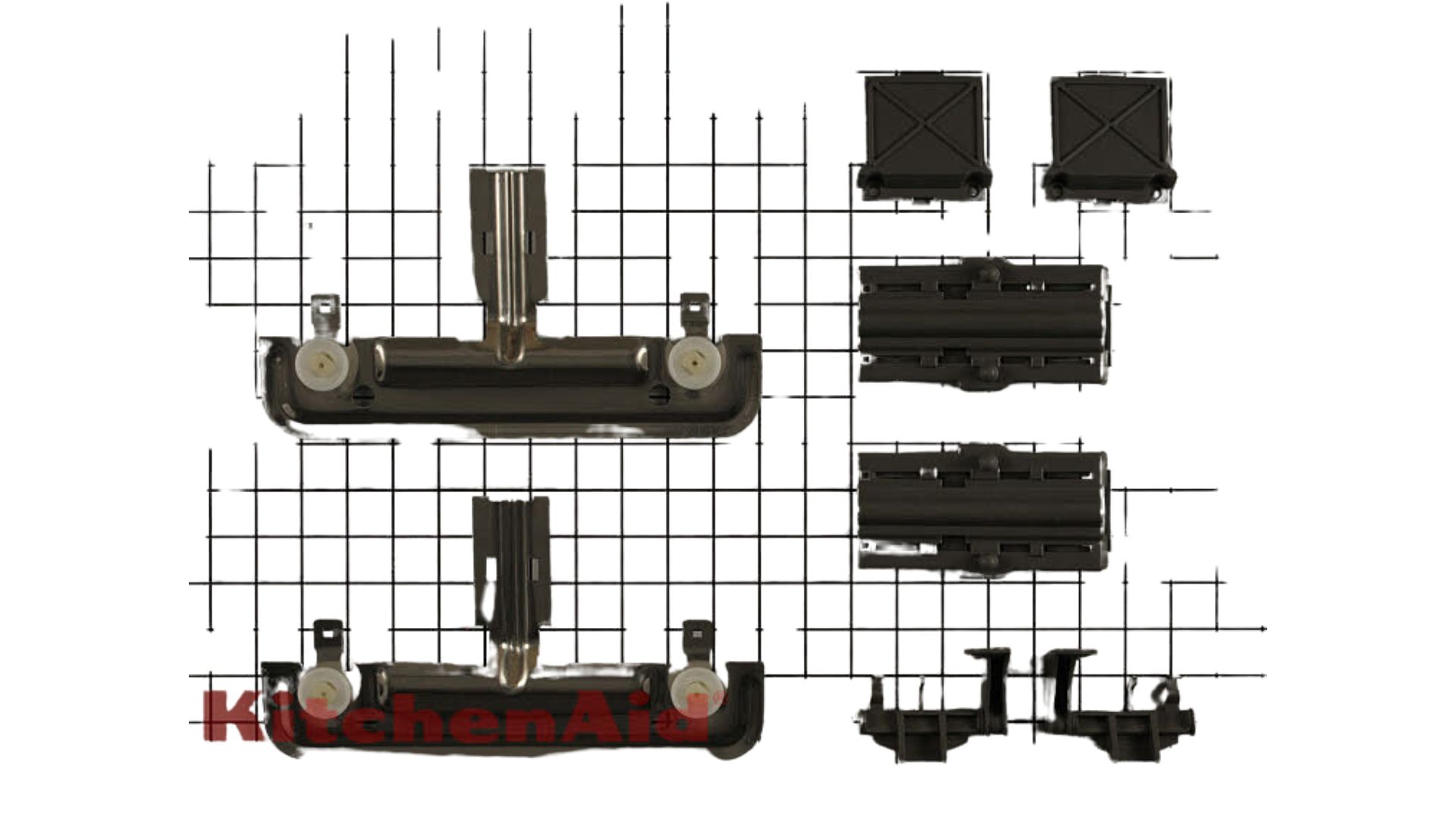
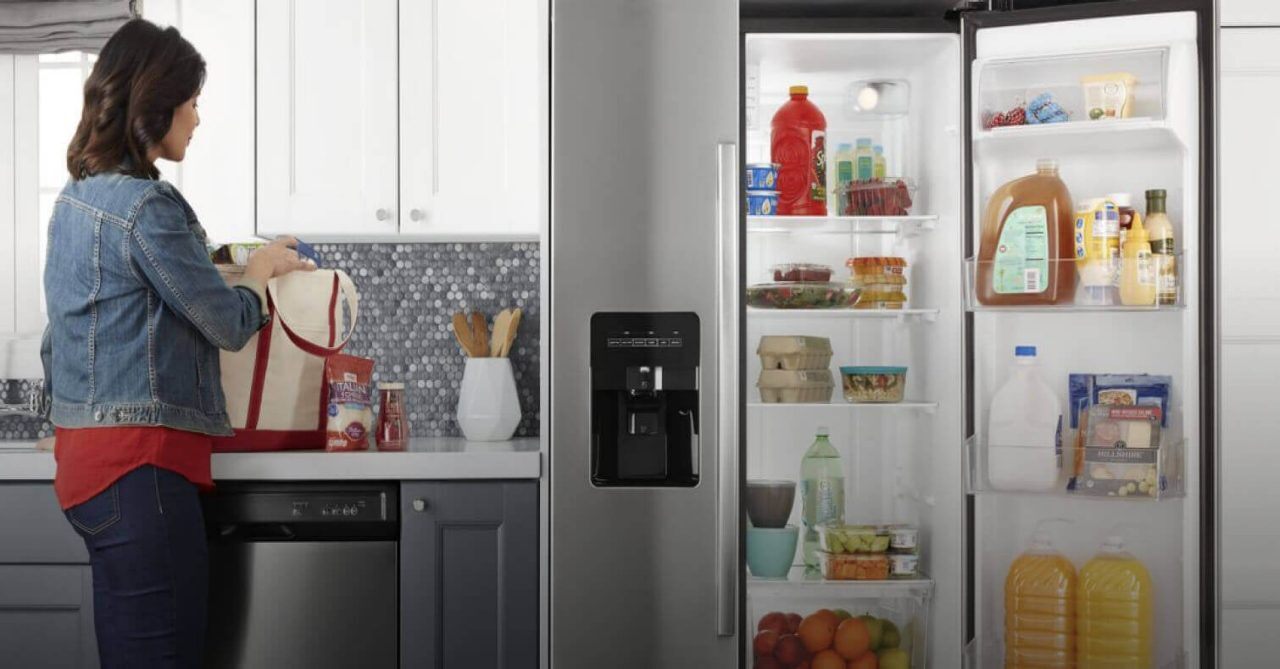
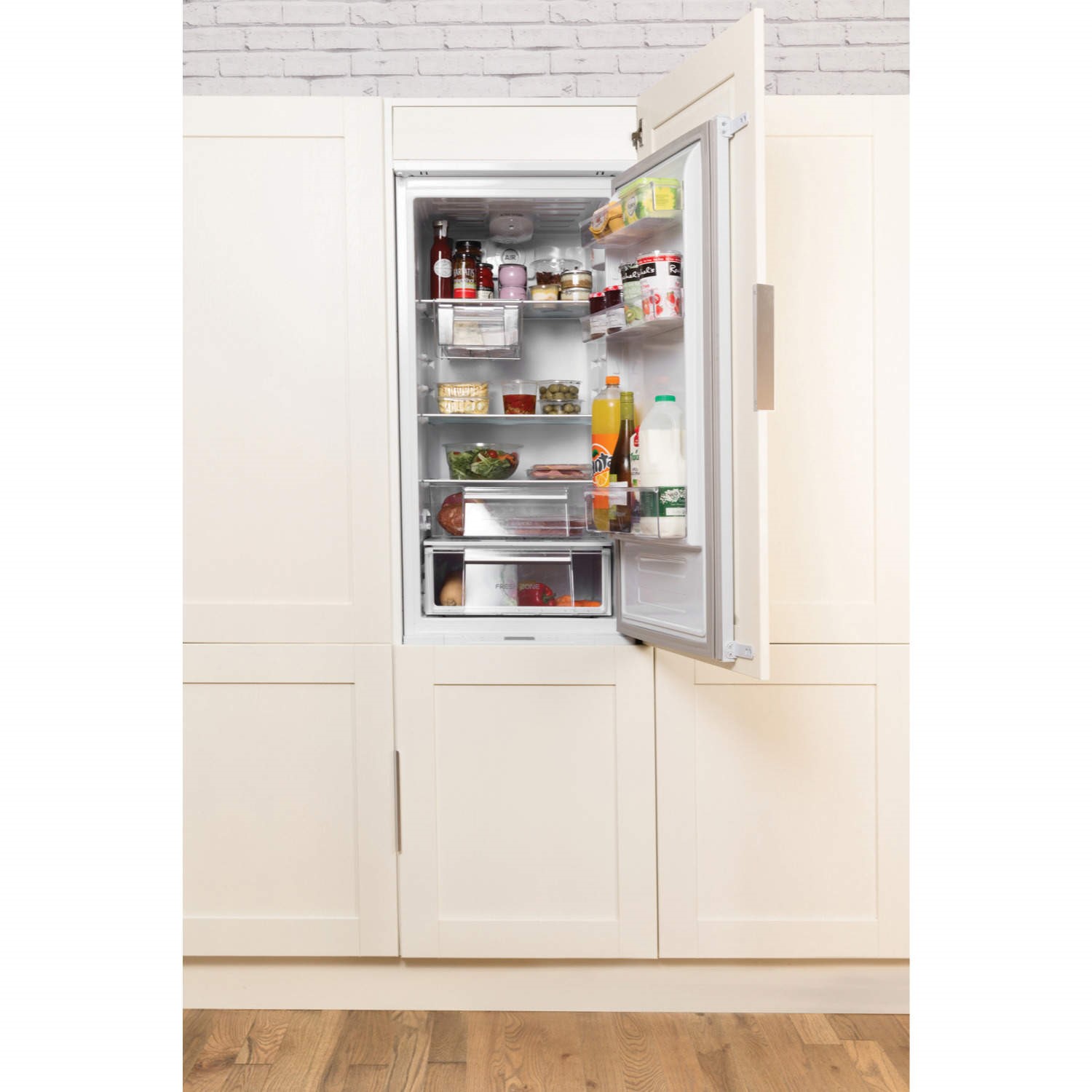
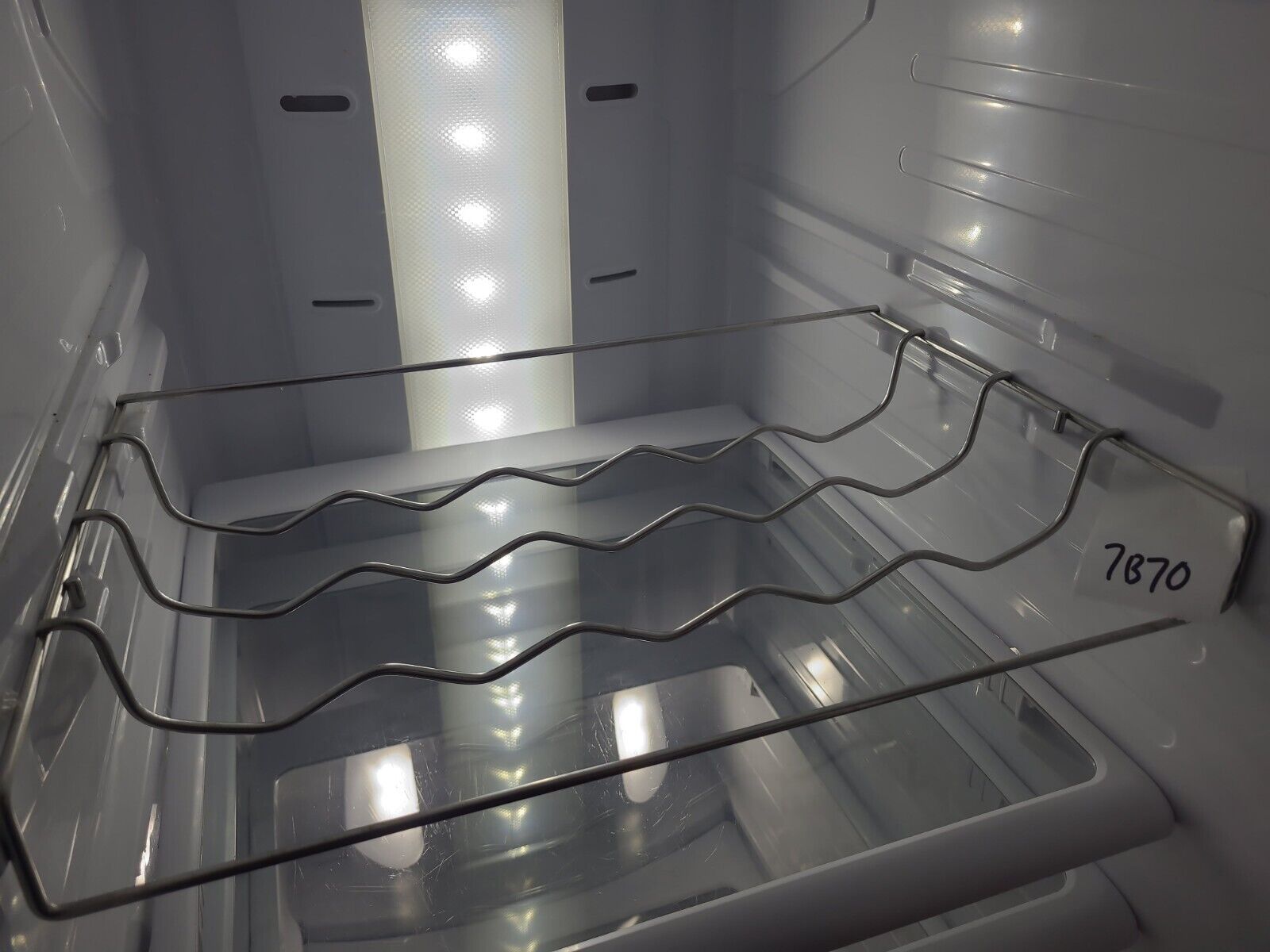
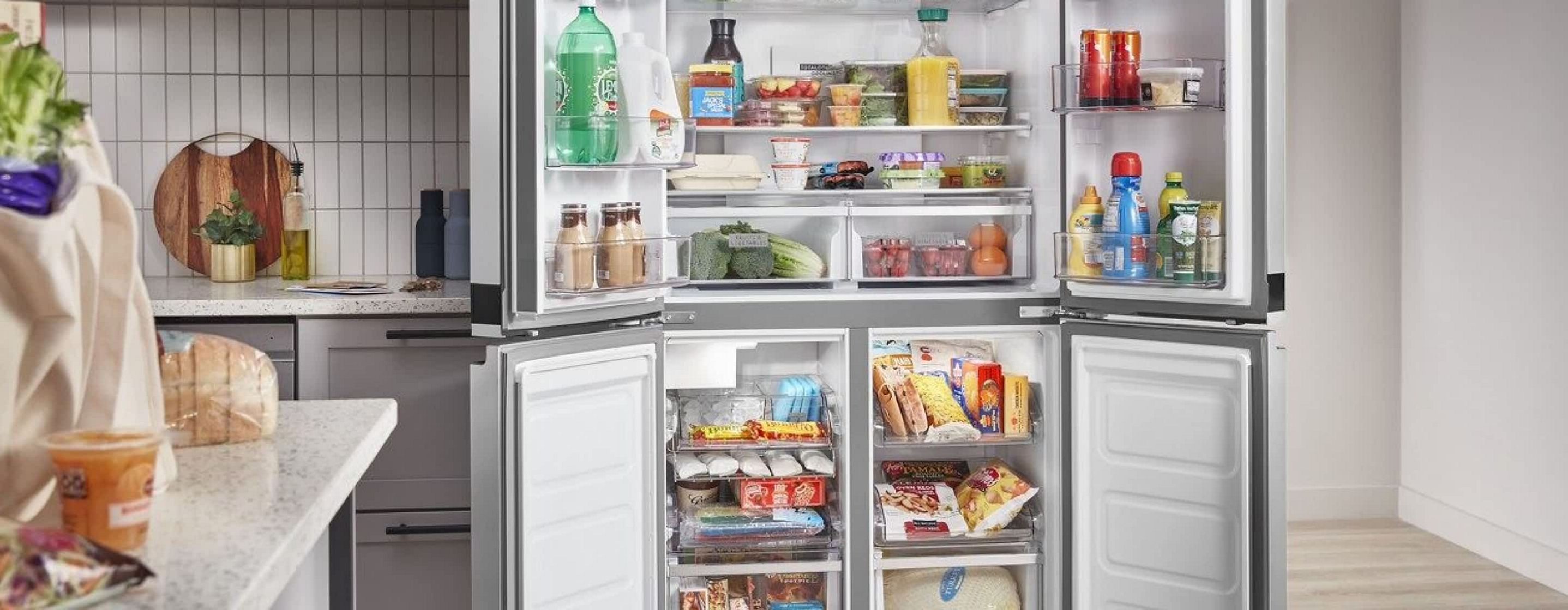

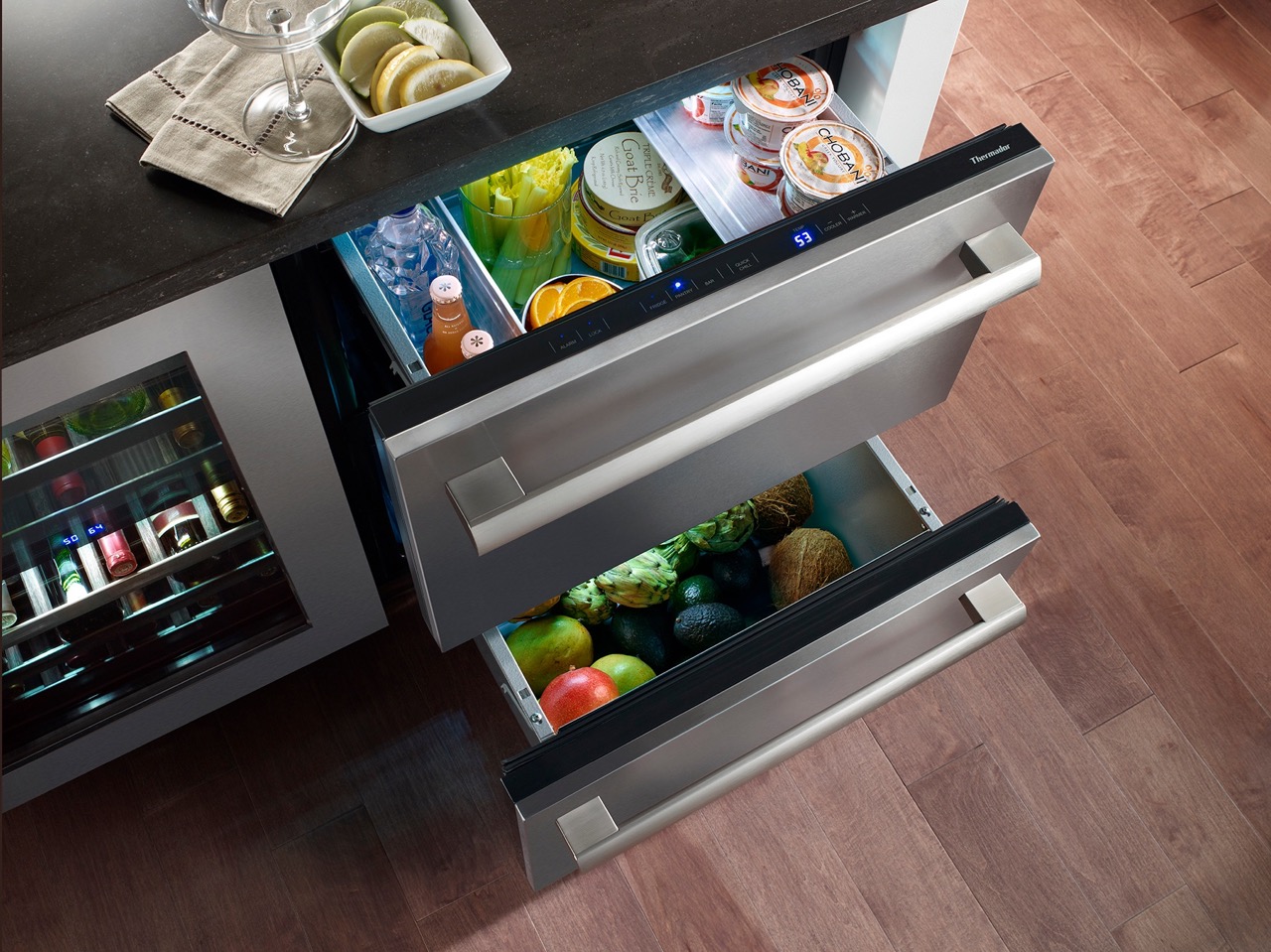
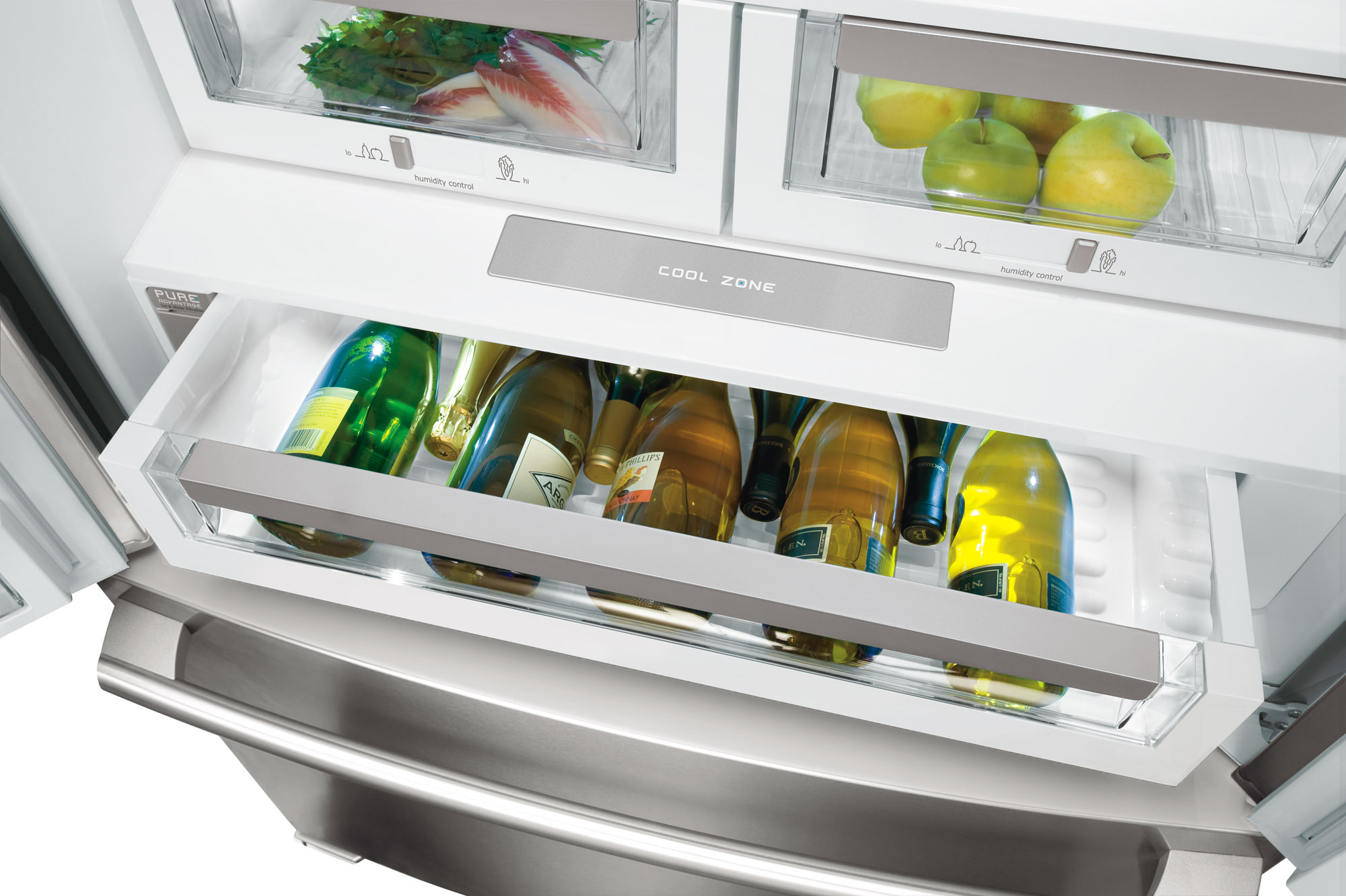
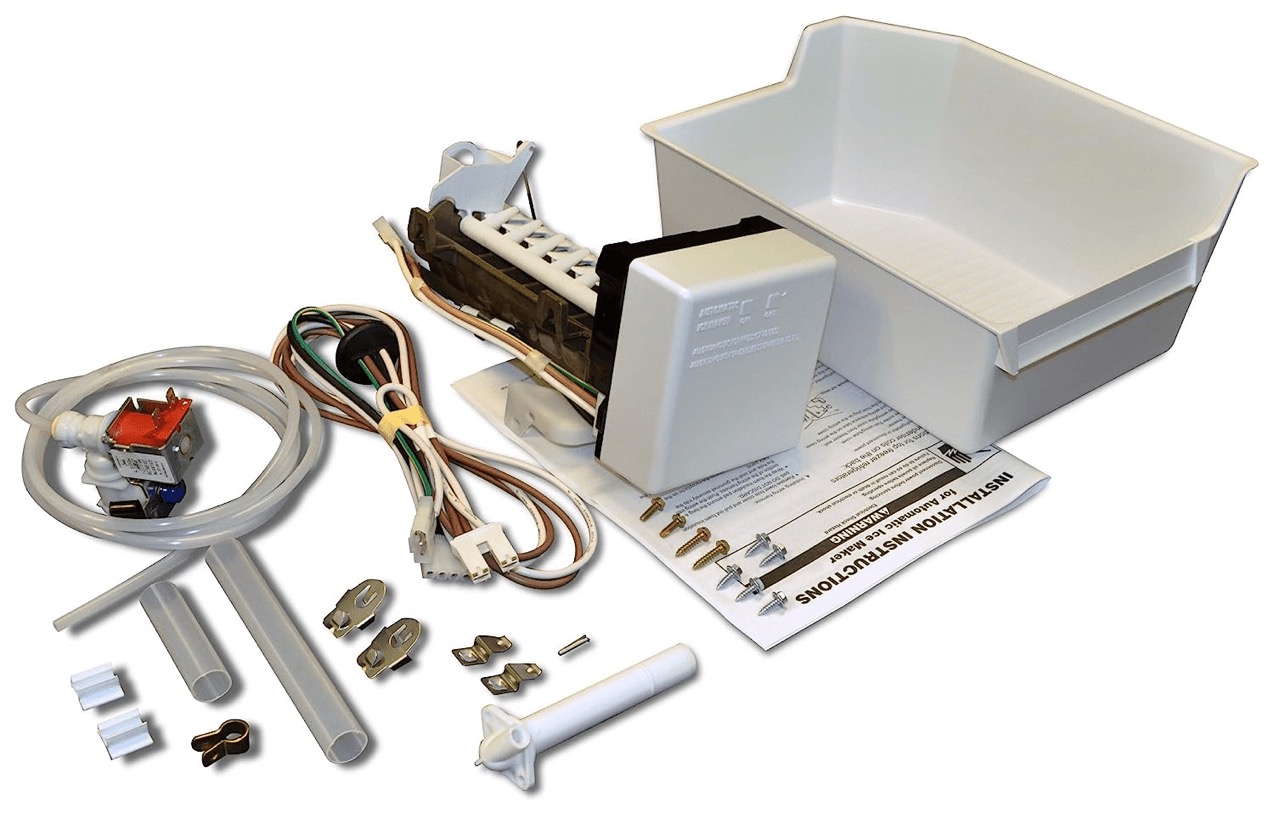
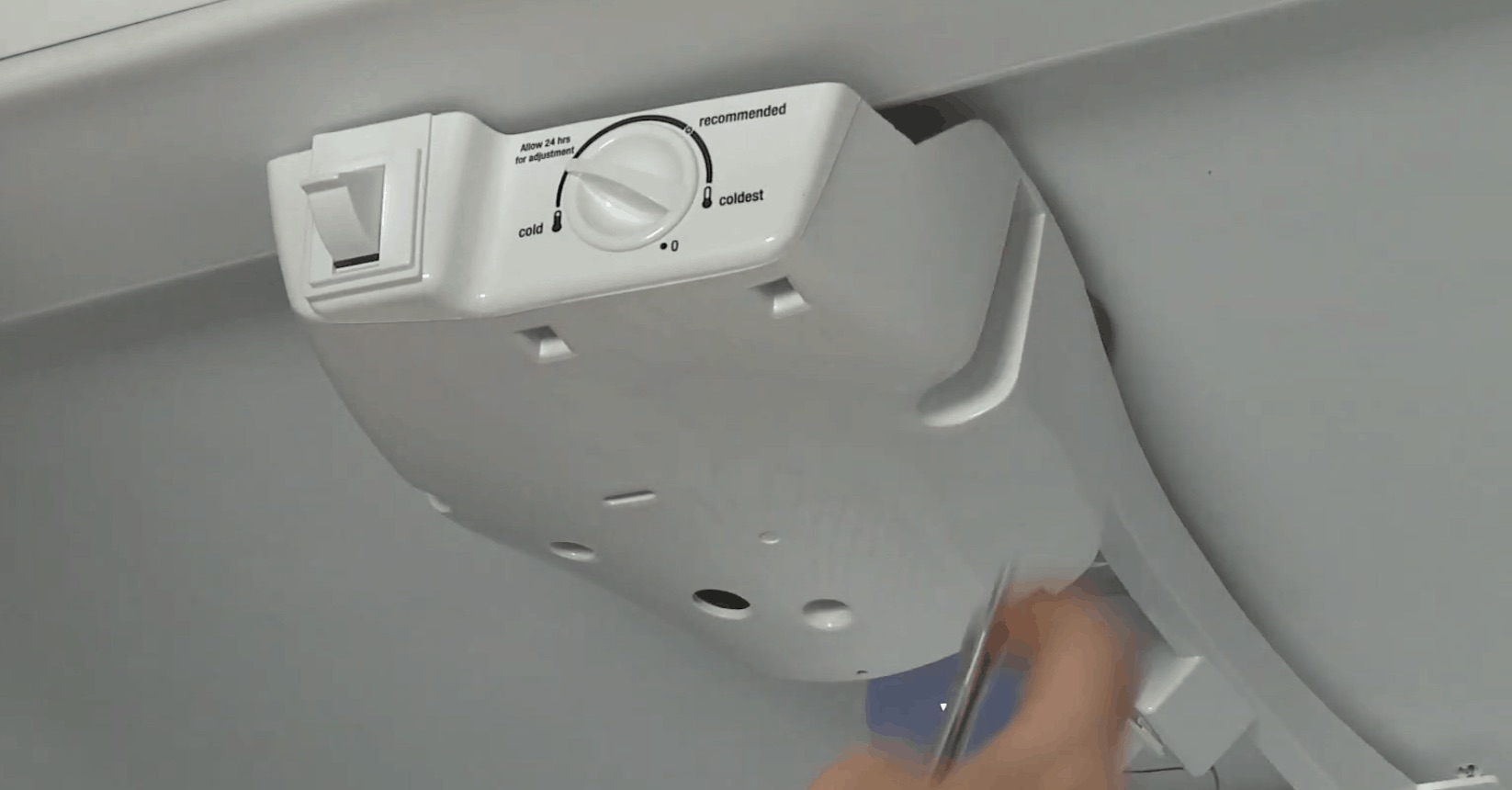
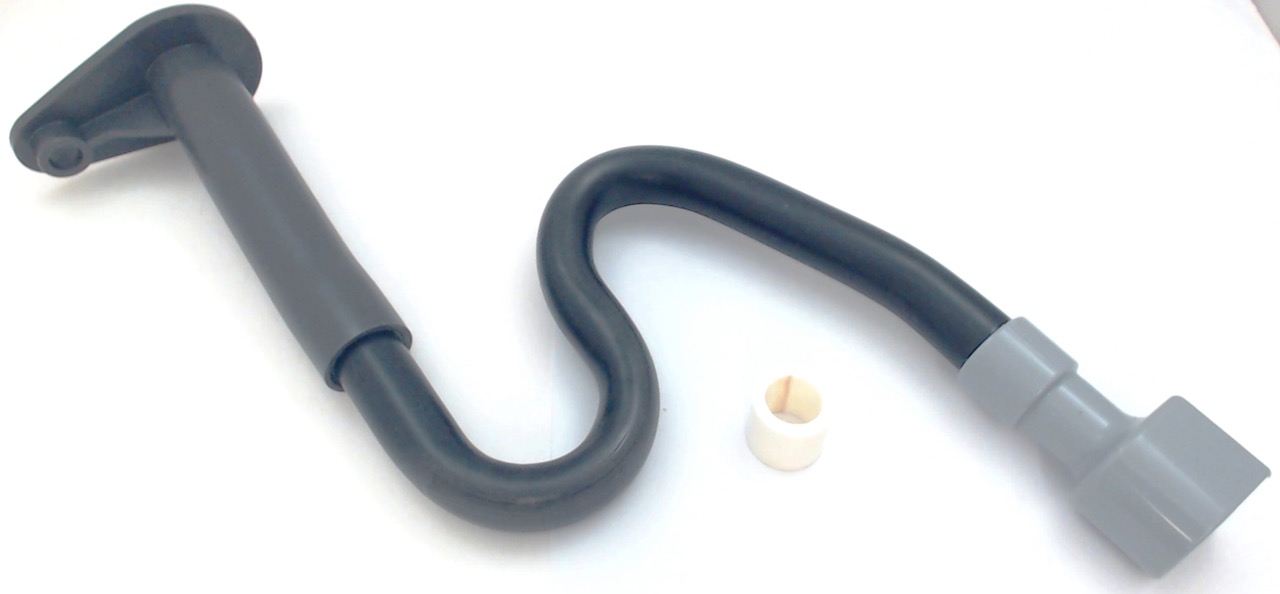

0 thoughts on “Which Is The Coldest Part Of A Refrigerator?”